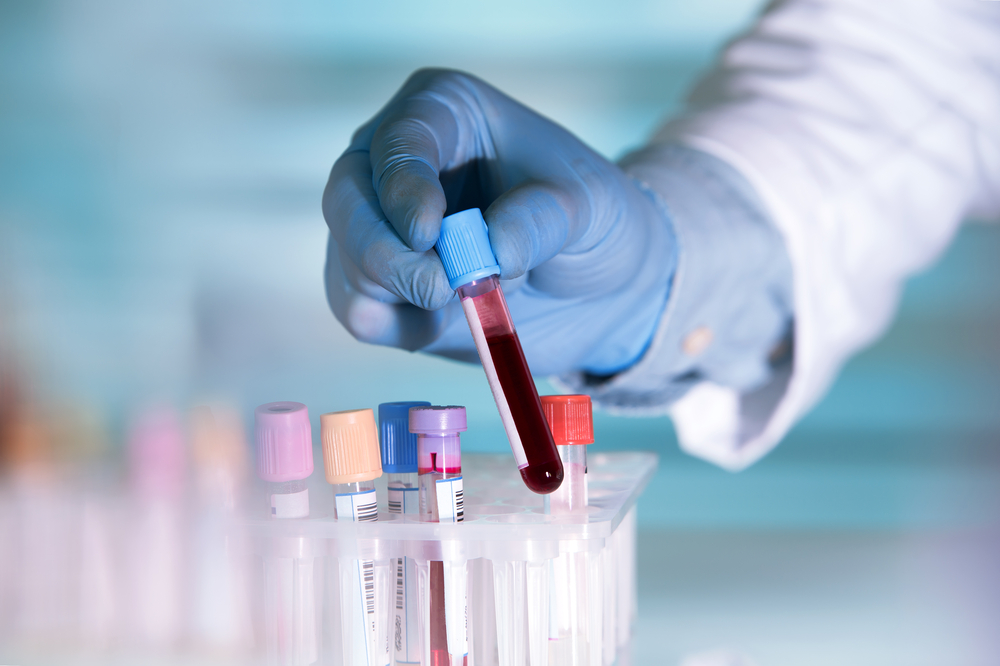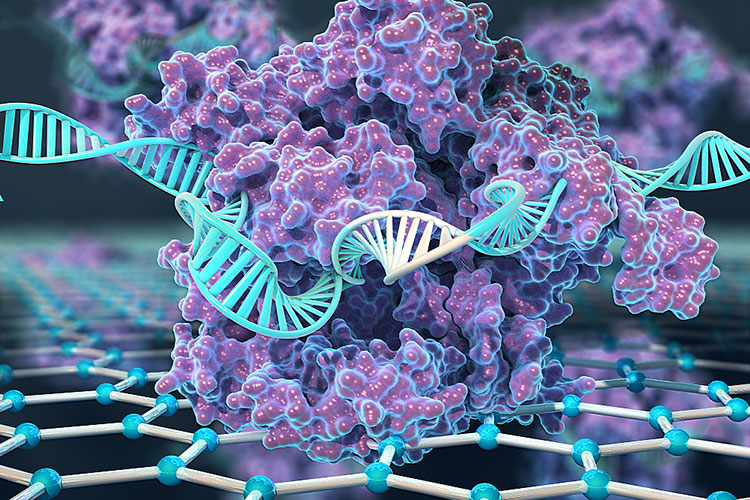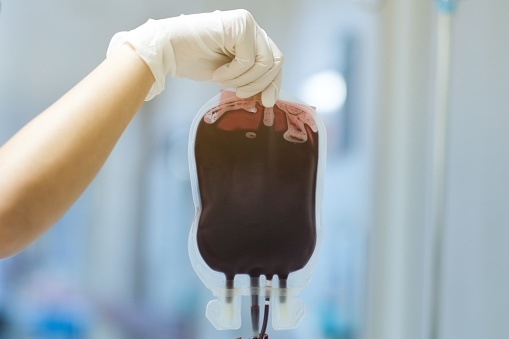
The phase III COMMANDS trial evaluated luspatercept in adults with lower-risk myelodysplastic syndromes (MDS) and red blood cell (RBC) transfusion dependence. A subsequent analysis has measured the long-term transfusion independence benefit of this agent compared with epoetin alfa. The analysis was presented at the 66th American Society of Hematology Annual Meeting & Exposition in San Diego, California.
According to lead author of the analysis Guillermo Garcia-Manero, MD, of the University of Texas MD Anderson Cancer Center, Houston, “luspatercept continued to demonstrate sustained and durable clinical benefit versus epoetin alfa, maintaining responses of [1.5 years or longer] across multiple clinically relevant subgroups including ring sideroblast negative status, low baseline serum erythropoietin, and non-mutated SF3B1.”
Patients enrolled in the trial had very low-, low-, or intermediate-risk MDS and were erythroid-stimulating agent naive. Following randomization, 182 patients received subcutaneous luspatercept dosed at 1.0 mg/kg once every three weeks, and 181 received subcutaneous epoetin alfa dosed at 450 IU/kg once weekly. The two cohorts had comparable baseline characteristics.
By data cutoff, a longest RBC transfusion independence period of a year or longer had been achieved by 44.5% of patients in the luspatercept cohort and 27.6% of those in the epoetin alfa cohort (P=.0003), with a common risk difference of 16.7 and odds ratio (OR) of 2.2.
A longest transfusion independence period of 1.5 years or longer was achieved by 30.2% of the luspatercept cohort and 13.8% of the epoetin alfa cohort (P<.0001), with a common risk difference of 16.3 and OR of 2.8. Examination by patient subgroup, again, showed a trend where more patients in the luspatercept cohort than in the epoetin alfa cohort achieved transfusion independence of 1.5 years or longer.
Transfusion independence lasting 12 weeks or longer was achieved by 76.4% of the luspatercept cohort and 55.8% of the epoetin alfa cohort, and of these percentages, a cumulative transfusion independence lasting a year or longer was achieved by 64.7% and 54.5%, respectively.
“Progression rates to high-risk MDS and acute myeloid leukemia were low in both treatment arms,” Dr. Garcia-Manero mentioned regarding the analysis findings.
Reference
Garcia-Manero G, Santini V, Zeidan AM, et al. Long-term response analysis of transfusion independence in erythropoiesis stimulating agent–naive patients with very low-, low-, or intermediate-risk myelodysplastic syndromes treated with luspatercept vs epoetin alfa in the COMMANDS trial. Abstract #350. Presented at the 66th American Society of Hematology Annual Meeting and Exposition; December 7-10, 2024; San Diego, California.







 © 2025 Mashup Media, LLC, a Formedics Property. All Rights Reserved.
© 2025 Mashup Media, LLC, a Formedics Property. All Rights Reserved.